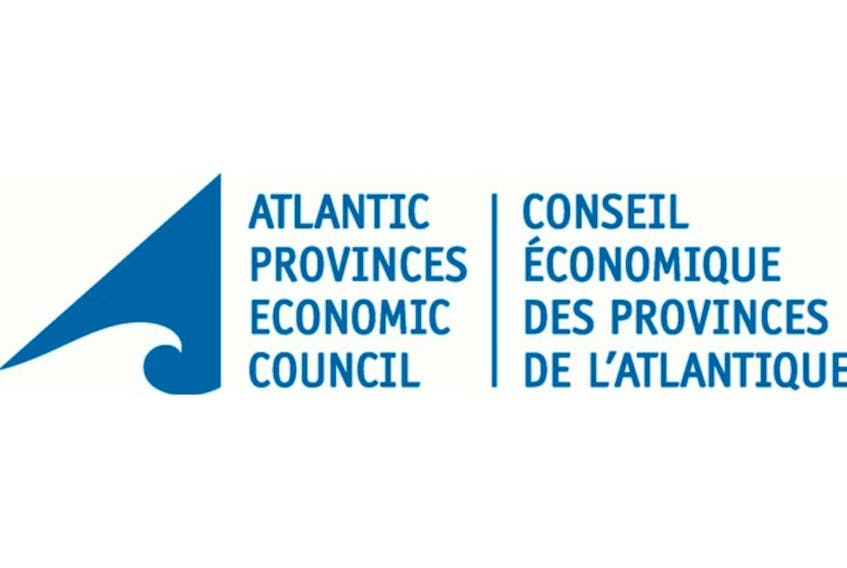By Patrick Brannon
Last year was a down year for capital investment in Newfoundland and Labrador, with about $5 billion of major project activity.
Perspective is a funny thing — $5 billion is a bad year when the average in the province between 2013 and 2016 was $8.5 billion. That was when Hebron, Muskrat Falls and the Long Harbour project were all underway.
For perspective, Nova Scotia’s major project investment was $3.6 billion last year which was above average.
During that peak period many Newfoundlanders and Labradorians benefited. Incomes rose, spending increased, housing markets boomed, firms prospered and the province upped its spending on services and infrastructure. Unfortunately, when major project spending slowed in recent years, oil prices crashed as well causing all these positive factors to flip to the negative. Everyone learned an important lesson about saving for the future during good times.
Spring may be late arriving, but there are green shoots that are taking hold in the province — 2019 is already showing signs of life.
The Atlantic Provinces Economic Council (APEC) expects capital spending to increase by close to $1 billion this year led by higher spending in the mining sector in Labrador and in the offshore oil sector. APEC will release the details of its capital investment forecasts at an event in St. John’s on Monday June 3.
The early 2020s could be the start of something special in Newfoundland and Labrador.
Along with the potential of the $7-billion Bay du Nord project, there are likely expansions at the existing offshore projects over the next few years and over $4 billion of exploration activity planned that will provide a boost in the medium term. The interest of international oil majors like BP, BHP Billiton and CNOOC builds on the success and knowledge of established companies to expand the Newfoundland offshore into a more mature oil basin.
The early 2020s could be the start of something special in Newfoundland and Labrador.
There is some diversification underway beyond the offshore. APEC estimates there will be over $500 million of investment in aquaculture and $250 million of investment in cannabis manufacturing over the next five years in Newfoundland and Labrador and more likely to come.
One of the biggest challenges to handle any future growth in investment is construction labour supply. In the short term the regional demand for construction labour is expected to be stable, but there are shifts happening within and between provinces.
The labour pool in Atlantic Canada has been very mobile over the last decade and will move with the ebb and flow of project activity. The decline in activity in recent years in Newfoundland and Labrador has led to increased outmigration, including construction workers, especially to Ontario, Alberta and Nova Scotia.
If there is a ramp-up in activity in another part of the country, labour supply concerns may grow. British Columbia is expected to see a surge in demand for labour as a $40-billion LNG export project gets underway. This project is expected to require 7,500 workers between 2020 and 2023 and will likely pull construction labour from Newfoundland and Labrador.
There are other challenges ahead for the construction labour force including the aging workforce and the growing importance of technology that will require a more skilled workforce in the future. Areas of Atlantic Canada are already experiencing difficulties finding construction labour. These pockets of concern will grow throughout Atlantic Canada as the labour force ages and more workers retire. This is a bigger issue in Newfoundland and Labrador as the share of the construction labour force over 55 years old is 24 per cent compared with 20 per cent in Canada.
The skills required to support projects is also evolving, creating pressures to find workers that can re-skill to meet those requirements. The industry will need to ramp up its efforts on recruiting and training new workers, retaining workers and re-training the current workforce to meet the future demand for skills. Recruitment efforts will need to intensify with youth and underrepresented groups including women, Indigenous and immigrants.
There is incredible potential for major project investment in Atlantic Canada over the next decade with $141 billion that APEC has identified and more to come. Strategic planning to ensure the labour force is prepared to handle the challenge will be key to maximizing the potential of these projects.
Patrick Brannon is the director of major projects for the Atlantic Provinces Economic Council. He writes from Halifax.
RELATED









